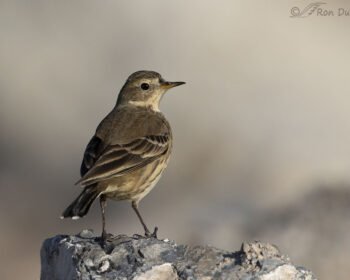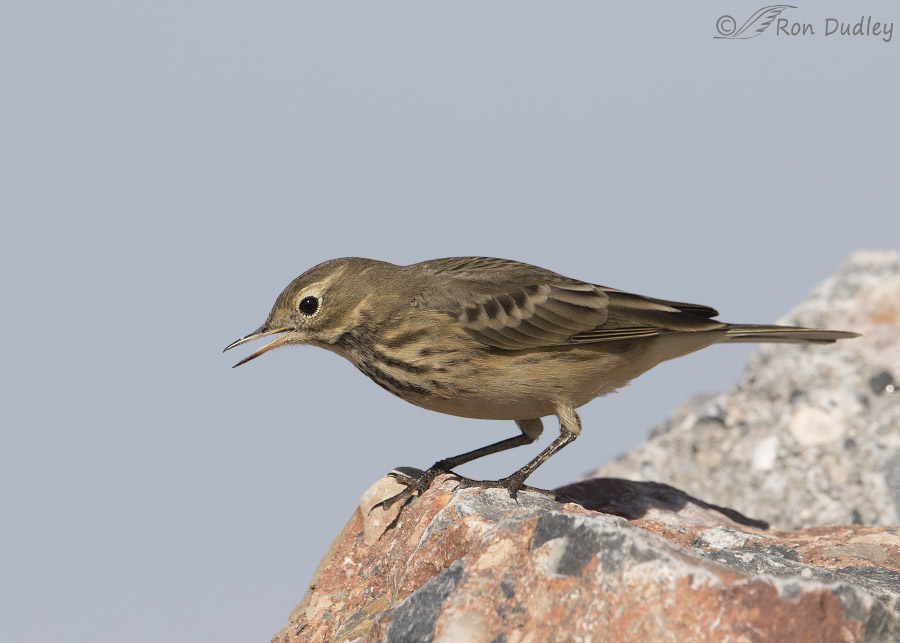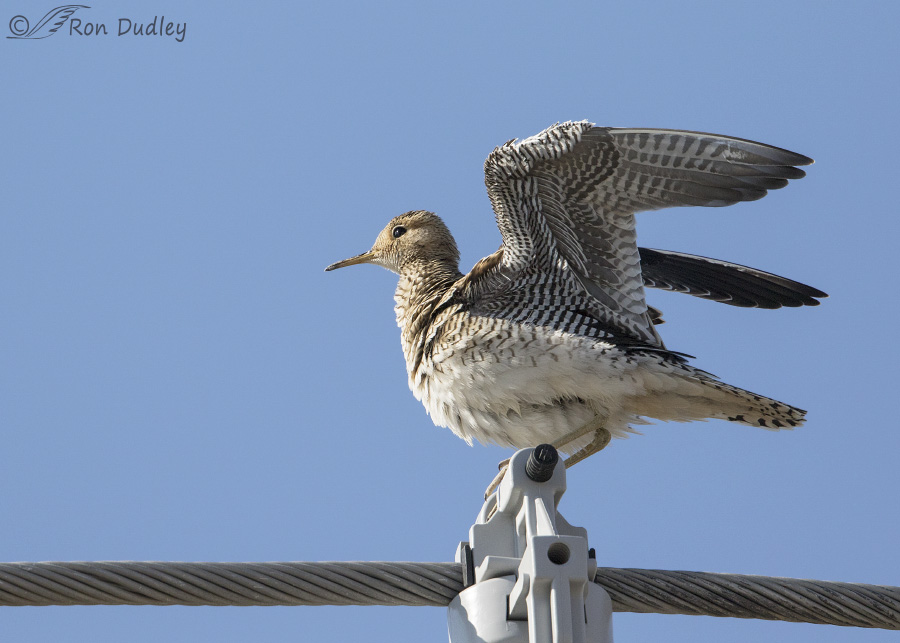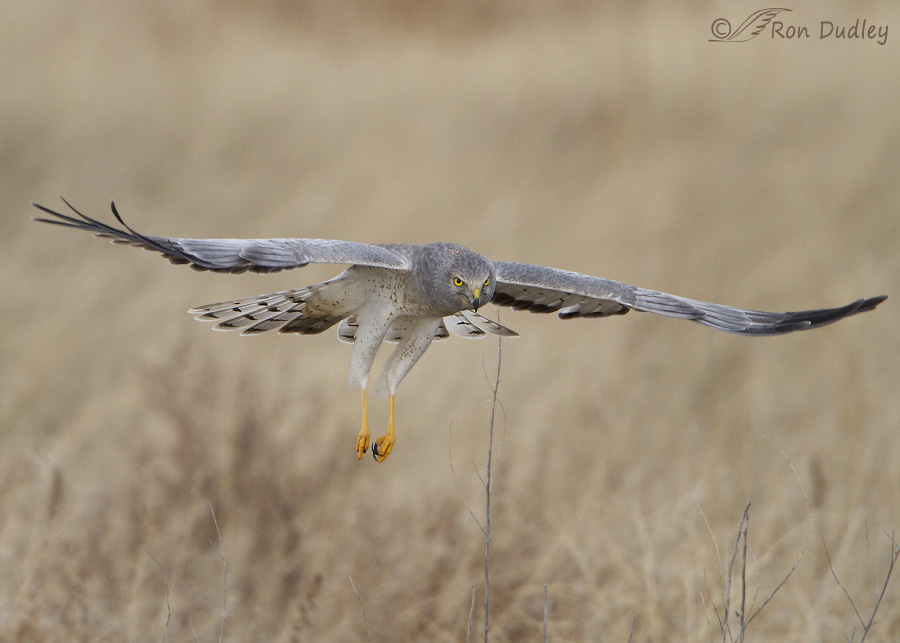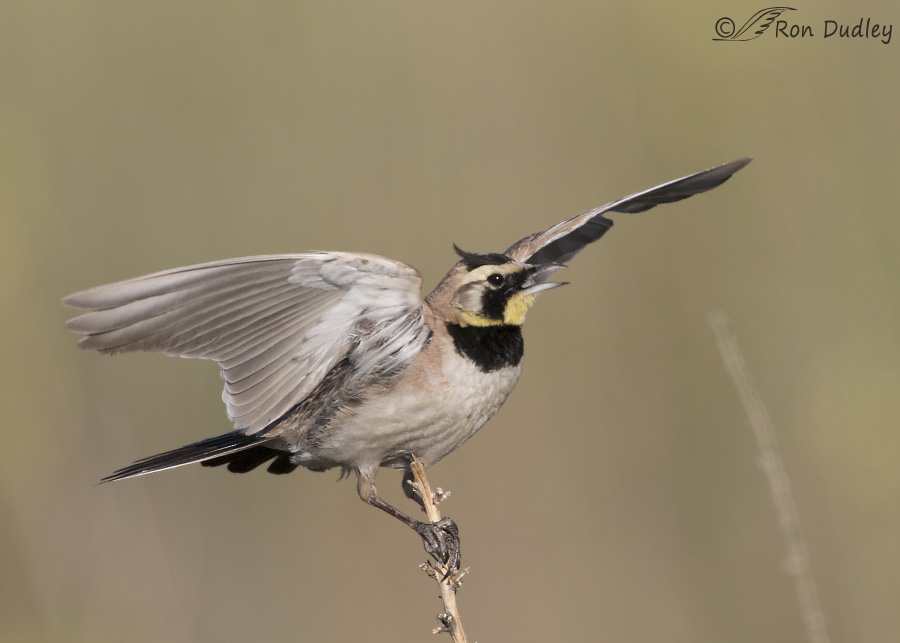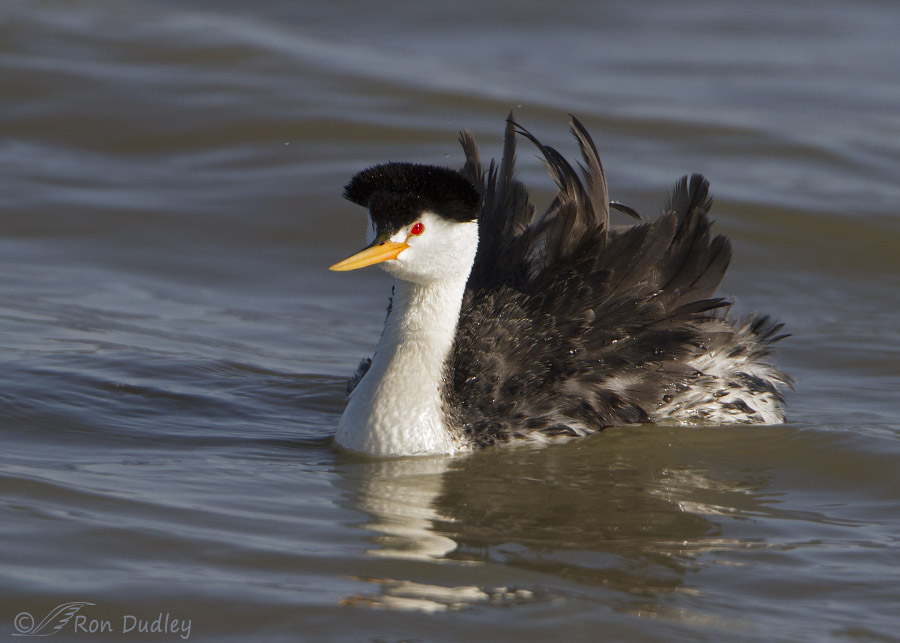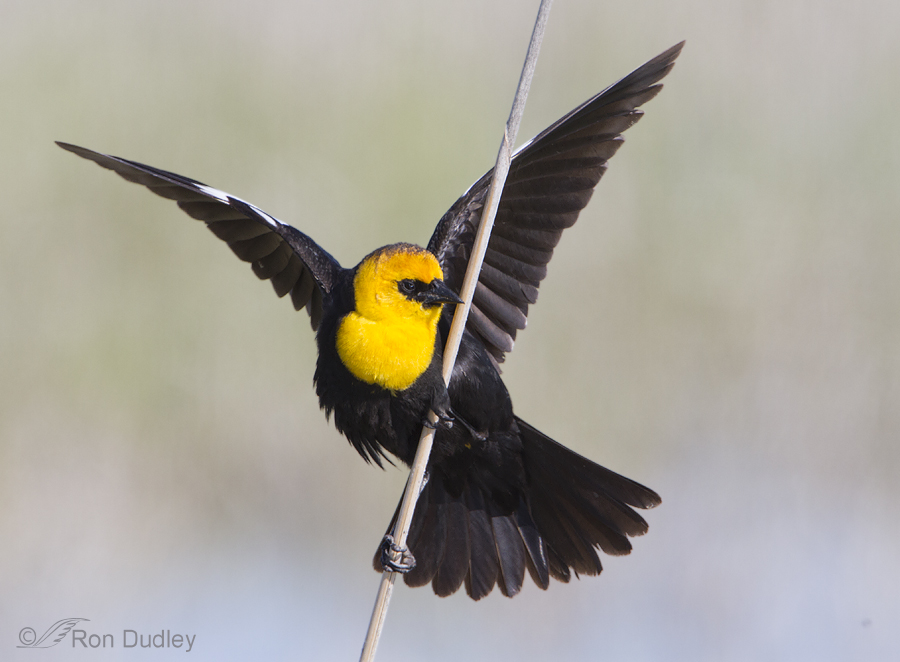Tag: call
American Pipits And A Very Impressive Herd Of Mule Deer Bucks
The Three Rarest Bird Species I’ve Seen In Ten Years Of Bird Photography
Using My Birding History As A Predictor Of Success Or Failure In The Field
Horned Larks – Common, Subtly Beautiful And A Little Bit Quirky
Clark’s/Western Grebe Crests
An Elk Calf In Distress
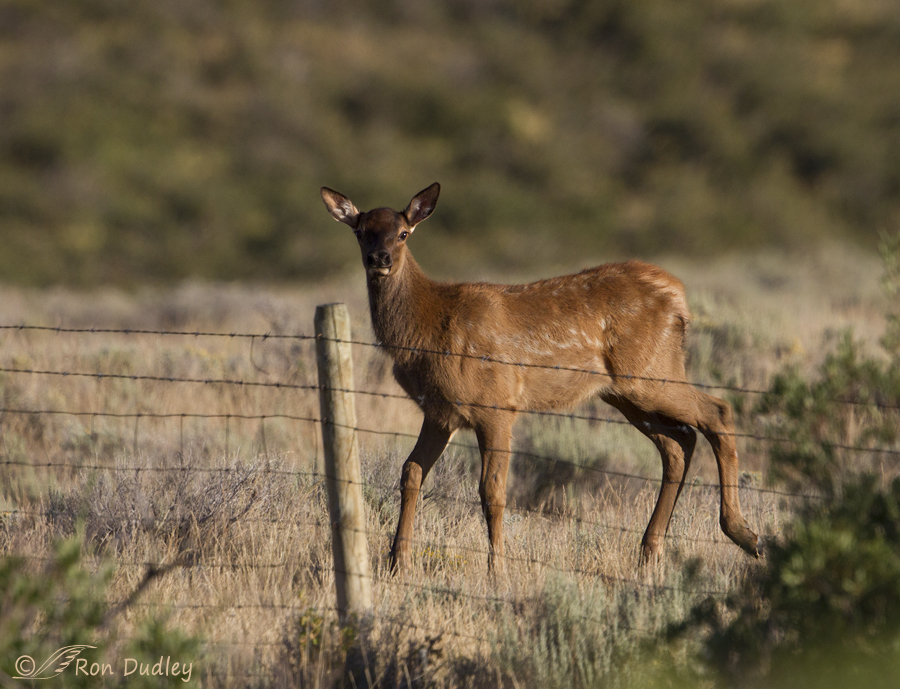
This past Sunday morning as I crested a very large hill (Monida Hill) at the west end of the Centennial Valley I noticed an elk calf below me and behind a fence. As soon as I stopped my pickup and the road noise quit I could tell it was in distress from the almost constant noise it was making. I don’t know what to call that sound so I’ll simply refer to it as a “call”. The sound was pitiful and almost heartbreaking to hear.
Ratchet pointing, Dip-shaking Western Grebes
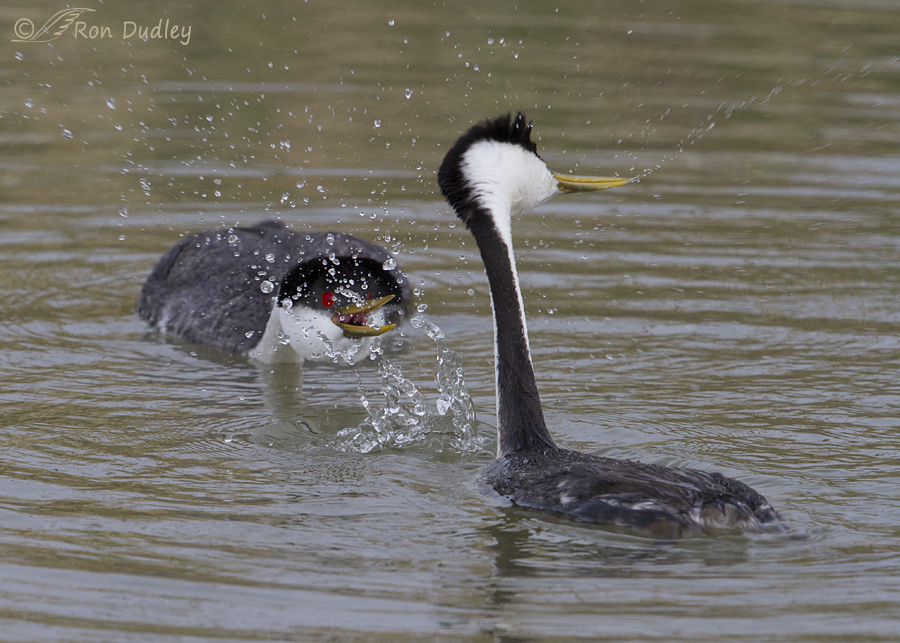
Two behaviors indicative of pair bonds between mated pairs of Western (or Clark’s) Grebes are “Ratchet pointing” and “Dip-shaking”. The behaviors are often alternated, one after the other. I photographed both of them as they were performed by a pair of Western Grebes three days ago at Bear River Migratory Bird Refuge.
Chukar Calling On One Foot

Chukars continue to be one of my preferred subjects during the winter and spring due to their distinctive and colorful plumage and their often comical behavior. They are abundant on Antelope Island and even somewhat approachable there – at least in comparison to their skittish and wily ways elsewhere (hunters consider them to be among the most challenging of upland game species).
Yellow-headed Blackbird Displaying
My First Western Meadowlark Of The Season
Ok, despite the fact that it’s turning colder again this week I’m now convinced that spring has arrived because two days ago I finally got close enough to photograph a singing Western Meadowlark – my first of the year. 1/2500, f/6.3, ISO 640, 500 f/4, 1.4 tc, natural light I was sure the bird would fly off as I approached, just as all the others have this spring, but this one stuck. I like the somewhat different head angle in this shot. 1/2000, f/6.3, ISO 500, 500 f/4, 1.4 tc, natural light I probably have more trouble with framing this species than any other because their legs are always longer than I think they are when they’re buried in the perch like this and I typically don’t leave enough room for at least one of them. This time I think I did. 1/3200, f/6.3, ISO 640, 500 f/4, 1.4 tc, natural light When the bird would break out in song it truly lifted my spirits, as it always does. They’re just so enthusiastic about it and when you’re close the sound can go right through you – in a good way. I’m always impressed by the size of their mouth which seems to be exaggerated some by that long beak. I suspect there are a few of my regular readers who are unfamiliar with the call of this songster (Elephant’s Child in Australia, for example) so I’ve provided a link to their song if you’d like to hear it (scroll down about half-way). These birds (and their…


